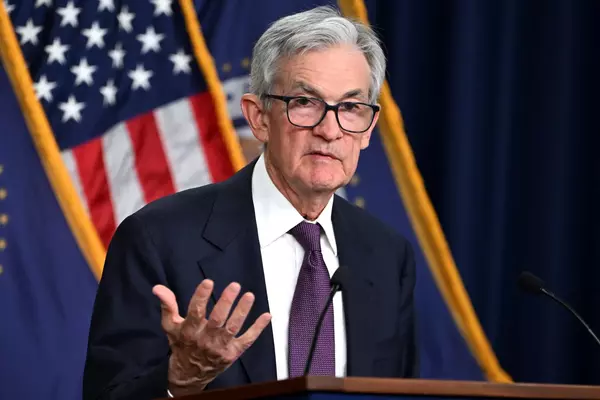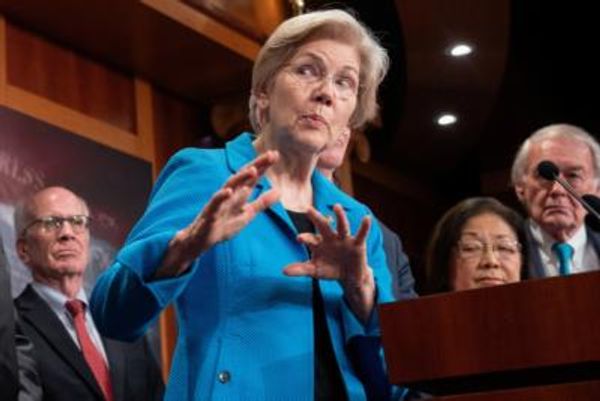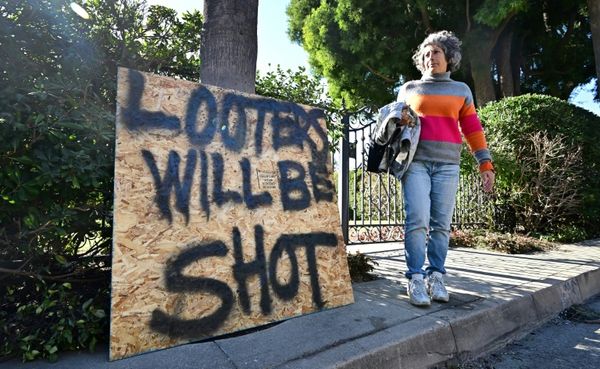
Welcome to a new NPR series where we spotlight the people and things making headlines — and the stories behind them.
Being alive sure feels expensive lately, and the rising costs of goods certainly hasn't spared Valentine's Day staples like flowers, candy, or a nice dinner out.
Who are they? The many Americans who will be spending an estimated $25.9 billion on wooing their boos (and others) for the holiday.
- According to the National Retail Federation, that figure is up from $23.9 billion in 2022. Based on their survey, about half of all consumers over 18 plan to celebrate, with an average of $192.80 spent by each person. (That's, like, 11 boxes of fun dip packages.)
- That spending total isn't just for lovers, either. The survey of 7,616 U.S. adults found that the budget included gifts for friends, pets, and co-workers.
- Candy is the most popular choice for a Valentine's Day gift, followed by greeting cards, flowers, a date night, jewelry, gift cards, and clothing. No funko pops on that list, for some reason.
- The report makes no mention of inflation impacting how much people are spending, but as NPR has reported, it is definitely a factor.
What's the big deal? Love is always a big deal! But aside from that, it's an interesting spending trend given how many Americans are struggling financially. And they're not the only ones.
- For rose farmers in countries like Ethiopia, Colombia or Ecuador, Valentine's Day is supposed to be one of their biggest days of the year. But it's not necessarily playing out like that.
-
NPR economics correspondent Stacey Vanek Smith spoke to one farmer in Ecuador, who says that with the impacts of inflation, labor costs, electricity costs, and the war in Ukraine affecting their fertilizer costs, they have had to increase prices between 50-100%, and are still struggling to keep up.
- With the added expenses of transportation and distribution, the profit margins are just too thin to keep going for many farmers, says one representative for the largest flower clearinghouse in the world.
What are people saying?
Michel van Schie, a spokesman for Royal FloraHolland, on the market for roses, and if there will be a shortage:
"Some growers have decided to stop producing. And that influences, of course, the number and also the quality of the roses.
I would say don't wait until the afternoon of Valentine's Day, because maybe then you are too late."
Maria Fernanda, a farmer at Eden Roses in Ecuador, talking about this past year for her business:
"It's hard, probably was one of the hardest times. We don't know what will happen."
Chris Palliser, a flower shop owner in New York City.
"Valentine's Day is the Super Bowl. It's the biggest holiday of the year for us."
What now?
- The average price for a bouquet of roses in the U.S. is around $80, a steep ask when so many are still struggling to keep up with the uncertain trajectory of inflation.
- I'm think I'm supposed to say something here about love being priceless...
Learn more:
- Not celebrating? Well, here are the dark origins of Valentine's Day
- Want to warm your heart? Read about how these Ukrainians have managed to find and hold onto love in a time of war
- Forgot to make reservations? Maybe you should take your date to the grocery store







